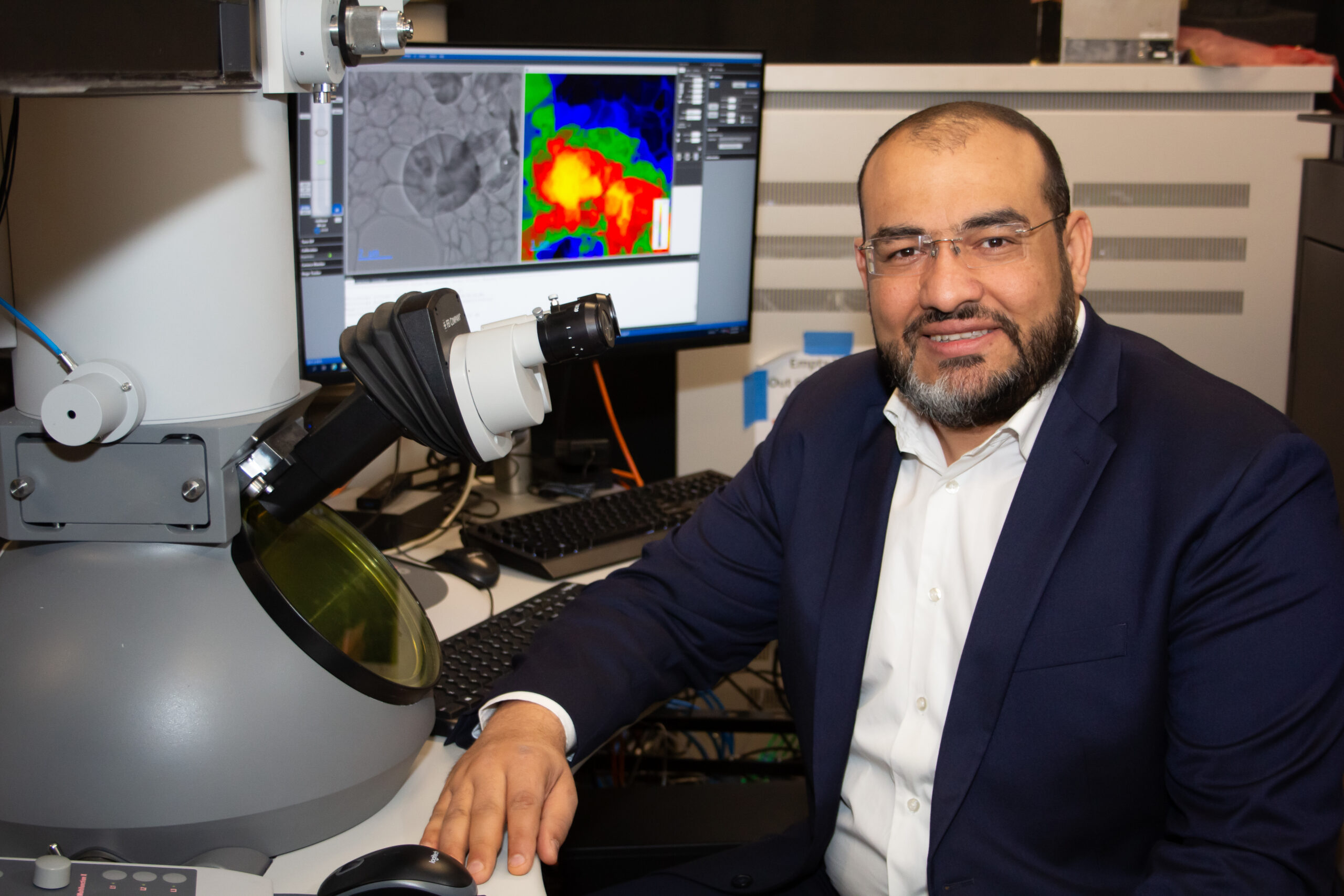In a project funded by the W. M. Keck Foundation, Mohammed Hassan’s group at the University of Arizona generated the first attosecond electron pulses to develop the fastest electron microscope to date, which can image the motion of electrons in real time and space. As a first demonstration the researchers were able to image the electron motion in graphene. Attomicroscopy, is the new camera for capturing the invisible quantum world. Additionally, attomicroscopy in combination with cryo-electron microscopy, could be used to study the electronic response in biological systems. In particular, electron tunneling in DNA, which drives changes in the conformation DNA, crucial to understanding carcinogenesis and mutagenesis mechanisms and processes that repair DNA damage. Attomicroscopy would also help investigate the potential of using biological molecules as building blocks for a new realm of molecular electronics in bioinformatics.
